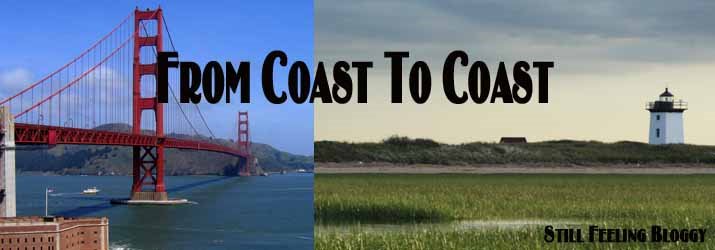The Freedom Trail
 Our residency has a rotation where we go to Tufts School of Dentistry in Boston and teach the dental students on their pediatric dentistry rotation. So I was in Boston on Thursday for my last day of this rotation. I decided to use the chance without children and a wife to finally walk the entire freedom trail.
Our residency has a rotation where we go to Tufts School of Dentistry in Boston and teach the dental students on their pediatric dentistry rotation. So I was in Boston on Thursday for my last day of this rotation. I decided to use the chance without children and a wife to finally walk the entire freedom trail. The Freedom Trail is a 2.5 mile red-brick walking trail that leads you to 16 nationally significant historic sites, every one an authentic American treasure. Preserved and dedicated by the citizens of Boston in 1958, when the wrecking ball threatened, the Freedom Trail today is a unique collection of museums, churches, meeting houses, burying grounds, parks, a ship, and historic markers that tell the story of the American Revolution and beyond.
The Freedom Trail is a 2.5 mile red-brick walking trail that leads you to 16 nationally significant historic sites, every one an authentic American treasure. Preserved and dedicated by the citizens of Boston in 1958, when the wrecking ball threatened, the Freedom Trail today is a unique collection of museums, churches, meeting houses, burying grounds, parks, a ship, and historic markers that tell the story of the American Revolution and beyond.
They have a red trail going throughout the city. Sometimes it is a painted line, but the majority is red brick. It was pretty cool thinking about all the history that took place where I was walking. I think the Paul Revere house along with the Old North Church, where he hung the signal lanterns, was my favorite.
 Near Boston common, where the trail begins, is the Park Street Church.
Near Boston common, where the trail begins, is the Park Street Church. 
 Next to the Church is a very old cemetery, the granary burial ground, where many famous people are buried, including John Hancock (I think).
Next to the Church is a very old cemetery, the granary burial ground, where many famous people are buried, including John Hancock (I think).  The Union Oyster House is the oldest restaurant in Boston and the oldest restaurant in continuous service in the U.S. — the doors have always been open to diners since 1826.
The Union Oyster House is the oldest restaurant in Boston and the oldest restaurant in continuous service in the U.S. — the doors have always been open to diners since 1826. Often referred to as “the home of free speech” and “the Cradle of Liberty,” Faneuil Hall hosted America’s first Town Meeting. Built by wealthy merchant Peter Faneuil in 1741, this imposing structure is the place where the Sons of Liberty proclaimed their dissent against Royal oppression
Often referred to as “the home of free speech” and “the Cradle of Liberty,” Faneuil Hall hosted America’s first Town Meeting. Built by wealthy merchant Peter Faneuil in 1741, this imposing structure is the place where the Sons of Liberty proclaimed their dissent against Royal oppression The trail ends at this monument to the Battle of Bunker Hill:
The trail ends at this monument to the Battle of Bunker Hill:
"Don't fire until you see the whites of their eyes!" This order, found in a German Manual of Arms and believed to have been uttered at the battle by Colonel William Prescott, has come to immortalize the determination of the ill-equipped Colonists facing the powerful British Army during the famous battle fought on this site on June 17, 1775.
The Battle of Bunker Hill marks the first time Colonial forces held its own against the British army. Today a 221-foot granite obelisk denotes the site of the first major battle of the American Revolution.

What a wonderful, courageous, and fun history our country has.



2 comments:
Sounds fun and cold. "One if by land. Two if by sea."
SOOO fun! I loved the Freedom Trail! I miss Boston... I'm almost homesick for it! HAHA!
Post a Comment